
Estimated Reading Time: 12 Min
When choosing a smart security camera brand or investment system, one of the biggest choices you have to make is to determine your local or cloud-based storage.
What this means is how smart security cameras and video doorbells capture the footage they capture.
Almost every smart security camera brand offers some kind of cloud-based storage option, but it usually costs money.
There are free cloud storage plans that offer limited rollbacks of camera video history and short, sometimes compressed video clips, but in many cases you will need to cough for a premium plan to access video history.
For example, Google has a two-tier Nest Aware plan. Cover all your nested cams for $8 per month for any 30-day event video history, or Nestoware Plus packs up to 60 days of event video history and 10 days of 24/7 video history for $15 per month.
Amazon owns Ring, which has many premium ring home plans. Basic covers one device for $4.99 per month, plus all devices in one location for $10 a month, while Pro starts at $20 a month with professional surveillance 24/7.
This is a similar story from Arlo, Blink, Wyze, Canary, and more. All of these offer some kind of free plan, but there are a number of premium plans depending on the amount of devices and the level of monitoring required.
Pros and cons of local storage for security cameras
Strong Points
- Offline video means enhanced privacy
- There is no monthly fee
- Instant access
- Full control over your data
- Low cost
- It works when the internet goes down
Cons
- Risk of data loss
- Capacity limit
- Possibility of theft
- Vulnerability to physical damage
- Cybersecurity risks
- Not available from all brands

Cloud’s concerns
Now, we’re not saying we shouldn’t avoid cloud storage or local storage entirely because there are many reasons to prefer the former, including additional features that brands throw at us, such as human and pet detection, AI capabilities, and personalized activity zones.
This is especially important for brands like Arlo, which hides many of the features behind the premium plan.
However, like all smart home devices, cloud-based has privacy and security concerns.
Cloud storage providers dedicate important resources to enhance data security and privacy safeguards, such as encryption and multi-factor authentication.
Nevertheless, choosing to store footage on a third-party server means that control over the data is abandoning control over external entities.
For example, in February 2024, Wyze had to apologise to customers after 13,000 customers showed another person’s home easily due to a camera breach.
Ring, Google and Anker have acknowledged a variety of data breaches and encryption issues in the past.

Keep it local
You can avoid the cloud completely and keep your private video private using a video doorbell that allows you to store smart security cameras or video clips locally, either using a sync hub or station that provides physical storage or a device itself.
Unlike cloud-based alternatives, local storage does not rely on an internet connection and ensures uninterrupted functionality without internet or Wi-Fi access.
Save footage locally involves storing recordings directly from a security camera to a physical storage device, such as an SD card, hard drive, or a network-attached storage (NAS) system.
When stored locally, you have full control over the accessibility and management of your data. This is because it remains in the property.
However, accessing locally stored footage requires physical interaction. You may need to get a storage device, connect it to your computer, sift through the files to find a specific record. This is not particularly convenient, especially if you are away from home.
The good news is that the best security cameras with local storage often have features within the app, allowing you to access and view clips stored locally. This clearly means that some kind of cloud interaction is required.
One of the great benefits of local storage is that, as mentioned before, there is no monthly subscription fee.
Getting the storage device you need is free of additional costs. It will be a cost-effective solution in the long term. Nevertheless, you may need to replace storage devices and occasionally clean them to prevent them from being filled.
Local storage cameras have capacity limits and require older footage to be overwritten after a certain period of time. This could lead to the loss of important records in certain scenarios.
Normally, when you go down the local storage route, the software used by the security camera will automatically delete the oldest clip first when the storage capacity is full, but this is not always the case, so back up the very important clips.
Local storage directly controls security and privacy as it is owned by data, but there is a risk of data loss if the storage device is corrupted, stolen or lost. If someone pinchs a camera that stores clips on a memory card, they are the only ones who can see the action.
Additionally, if your local storage is connected to a home network that does not have adequate security measures, you may be susceptible to cyberattacks.
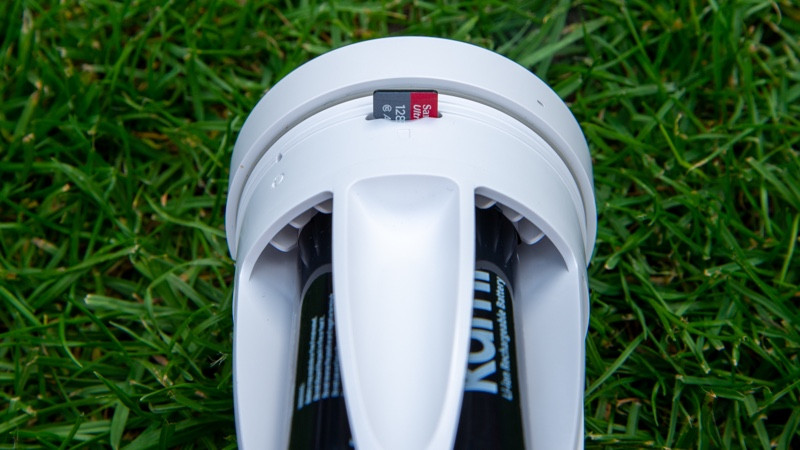
Local Storage Types
Local storage is the umbrella term for various physical storage options, and there are ways to store security camera footage along which brands.
This is the main option…
microSD memory card
Local storage via MicroSD card provides a convenient and cost-effective solution for storing security camera footage directly into the camera itself in the hub that the camera connects to.
The MicroSD card slot allows the camera to capture and store footage locally without the need for additional equipment.
However, it is important to note that MicroSD cards have limited storage capacity and regular maintenance may be required to ensure uninterrupted recording.
Hard disk drive
Using a hard drive for local storage gives you plenty of space and reliability to store security camera footage.
Whether integrated into a dedicated DVR (Digital Video Recorder) system or connected directly to a camera or hub, the hard drive offers flexibility and scalability to accommodate large amounts of video data.
This method is perfect for users looking for a large storage solution.
NAS Drive
Network Attached Storage (NAS) drives provide a centralized, versatile solution for storing security camera footage locally within a network environment.
By connecting cameras to NAS devices over a local network, users can securely store and manage video data from multiple cameras in a single location.
NAS drives offer benefits such as enhanced data protection through RAID configuration, remote access capabilities, and seamless integration with other network services and applications.
NVR
Network Video Recorder (NVR) systems are dedicated devices specializing in recording and storing video footage from multiple IP cameras.
Unlike traditional analog-based DVRs, NVRS operates on digital IP cameras and utilizes network connectivity for video transmission and storage.
NVRs usually have built-in storage options, such as internal hard drives, to store recorded footage locally.
Native hub

Brands like Arlo, Eufy, and Reolink all offer variations in storage drives to control the camera and provide more disk space.
These base stations usually also offer additional connectivity options, and you can unlock advanced features such as Eufy’s AI cross-stitch feature.
How much storage do I need?
Below is a rough estimate of how much storage space is required for 4K and HD video clips, as well as some examples of how many clips or clip lengths can be saved on MicroSD cards of different sizes.
In reality, the size of the camera’s image varies depending on a wide range of factors. Also, remember that if the camera is recorded only when motion is detected, storage usage will be lower than if you keep recording.
4K video
- 4K video footage for 1 minute at 30 frames per second (FPS): Approximately 375MB to 500MB
- 1 hour 4K video footage at 30 fps: Approx. 23GB to 30GB
HD (1080p) Video
- 1 minute HD video footage at 30 fps: Approx. 130MB to 175MB
- 1 hour HD video footage at 30 fps: Approx. 8GB to 10.5GB
Example of microSD card storage capacity
- 32GB MICROSD card: Approximately 90-120 minutes of 4K video, or 4-6 hours of HD video
- 64GB MICROSD card: Approximately 180-240 minutes of 4K video, or 8-12 hours of HD video
- 128GB MICROSD card: Approximately 360-480 minutes of 4K video, or 16-24 hours of HD video
Tips for Optimizing Local Storage with Smart Security Cameras
Remove the solution: Just because the camera can record in 4K in color night vision doesn’t mean that it needs to be done. Often, you can reduce the quality to save space.
Adjust the Bitrate: Reducing the bitrate can significantly reduce file size without significantly degrading visual quality.
Enable motion detection: Record only if motion is detected to minimize storage usage.
Clip length setting: Shorter clips take up less space.
Transfer Recording: Regularly transfer recordings to external drives or cloud storage to free up space in your camera storage.
Best Smart Security Camera Brands Offering Local Storage
Now you’re speeding up what local storage comes with exactly, here are some brands and security cameras for you to consider:
I’ll relink
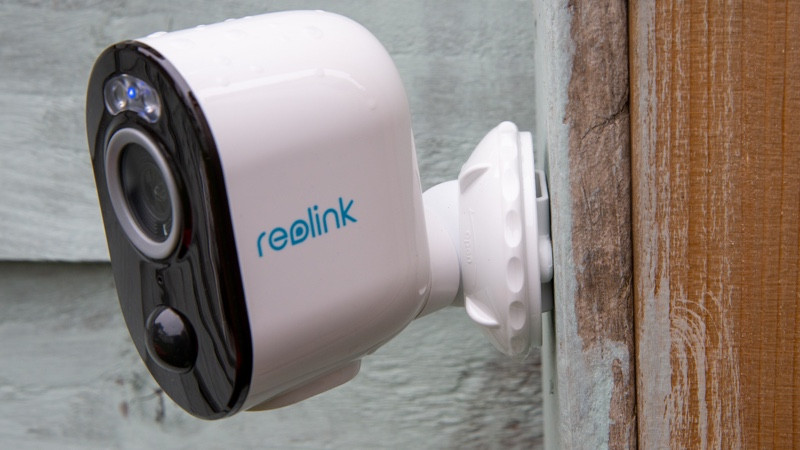
Reolink offers a variety of wire-free and wired security cameras, such as the Argus Pro 4 and Argus Truck, which support local storage via MicroSD cards.
The Chinese also offers NVR (Network Video Recorder) that can be connected to external hard drives for extended storage. NVR usually comes with multiple channels, allowing multiple cameras to be connected.
In 2024, Reolink also introduced a home hub in the mix, making local storage even easier.
Euphi
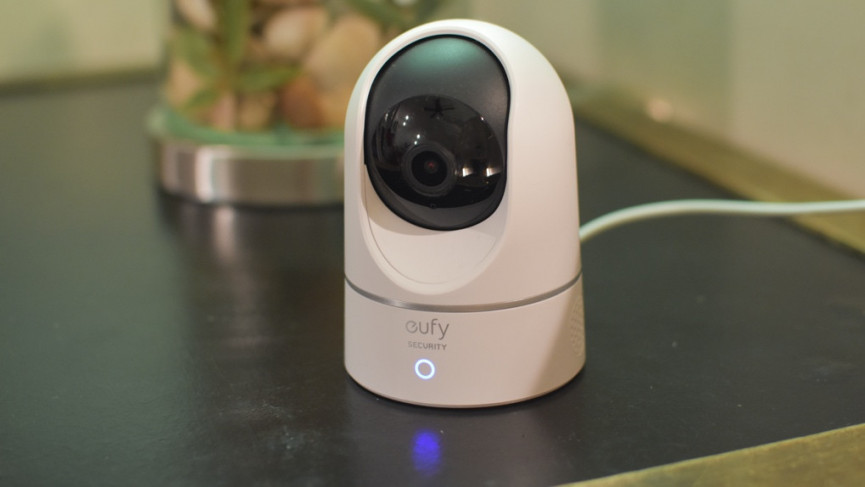
It is probably best known of all security camera brands that offer local storage options, including the Solocam S340 and the indoor CAM S350.
Teaming up with Eufy Homebase will allow you to expand your local storage to a whopping 16TB, but you will need to purchase a compatible 2.5-inch storage drive (HDD or SSD) with a SATA interface.
The home base itself is either the latest third generation one or the older second generation model, and also boasts 16GB of its own storage.
wise
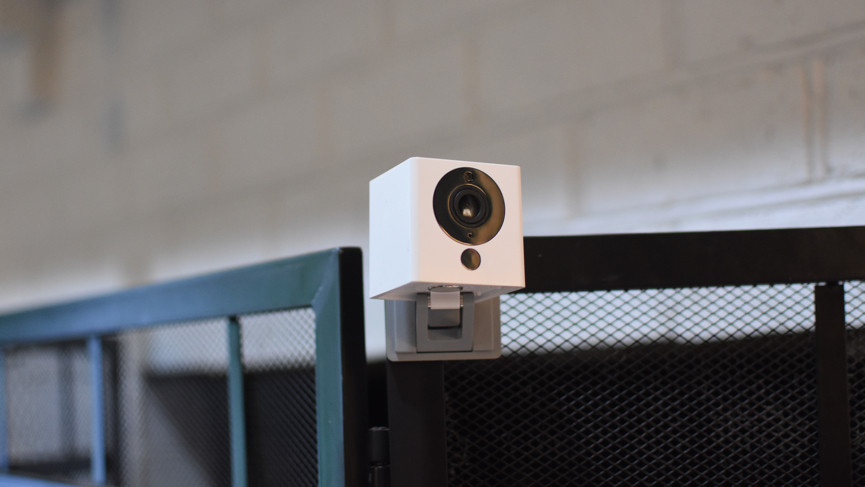
Wyze is known for its affordable smart home products, and the company has a cloud-based plan, but the camera and video doorbells support MicroSD cards for local storage.
Depending on the model, Wyze cameras typically support microSD cards up to 32GB or 64GB, providing storage for video for several days at standard resolution.
ring
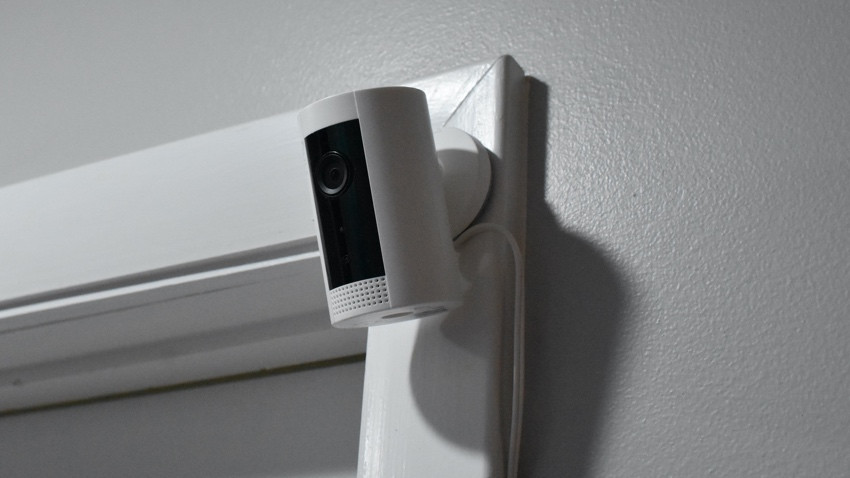
Amazon has a service called Ring Edge. This allows you to store and process videos captured to the ring camera locally rather than in the cloud.
However, you will need a Ring Pro subscription and the microSD card for the Ring Edge is actually located at the Ring Alarm Pro Base Station, not at the Ring Security Cam.
DVR Specialist
Swann, Lorex, Amcrest and others are well-known brands specializing in DVR (digital video recorder) systems for surveillance and security purposes.
However, these brands have invaded the “smart” security camera market, but are essentially traditional players that are slightly different from Arlo, Ring, Nest, and more.
These are popular options for people and often businesses, for trustworthy comprehensive surveillance solutions, especially those who need DVR capabilities to store and manage video footage.
FAQ
Some smart security camera systems allow remote access to locally stored footage via mobile apps and web portals. However, this may require additional configuration of your home network for remote connections.
Local storage offers increased privacy compared to cloud storage, but there are still risks, especially if your storage device is stolen or compromised.
Some smart security camera systems offer hybrid storage options and allow users to store footage in both the cloud, such as ARLO with cameras combined with base stations. This provides redundancy and additional backups for critical records, but may require a subscription plan for cloud storage access.







